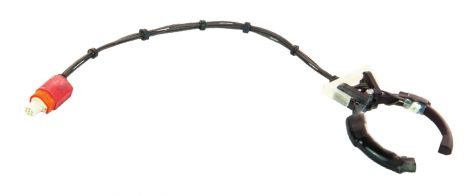Pulse Oximeters (including MRI-Compatible)
Pulse oximetry measures arterial blood oxygen saturation levels (SpO2%). This is accomplished by looking at the relative absorptions of red and infared lights. The differential absorptions correspond to the ratio of oxyhemoglobin deoxyhemoglobin as first reported by Alexander, Teller and Gross in 1989. Pulse oximetry is the most common vital signs monitor and is used to pick up problems in anesthesia such as hypoventilation, airway obstructions and equipment related problems.



